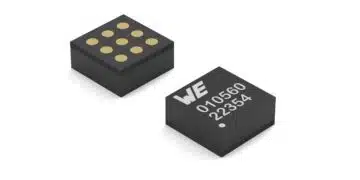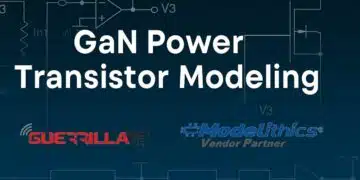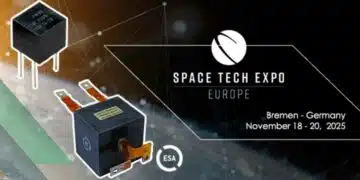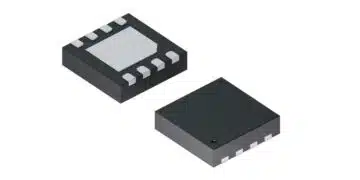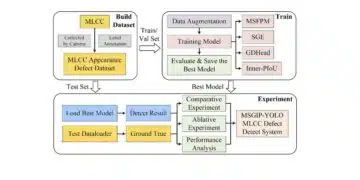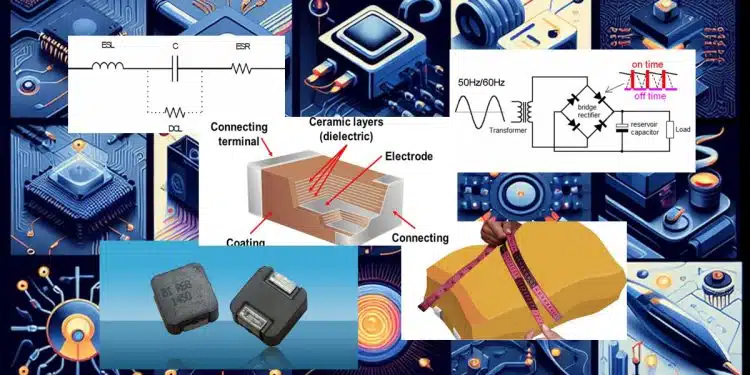In 2023, passive components blog continued their commitment to support passive components industry and engineers by sharing news, education articles and insights into the latest industry trends and challenges.
Hopefully, you’ve found our insights valuable. We appreciate that you are visiting the passive-components.eu articles and newsletters. Thanks also to our long-term EPCI members and partners.
Here is a list of most read articles in 2023 on the passive-components.eu domain:
1. What is a Dielectric Constant of Plastic Materials ?
This article describes dielectric constant of plastic materials, how to calculate it and factors affecting it. It consist overview of typical ε values for some common organic dielectrics, nevertheless it provides also extensive list of 120 polar and non-polar plastic materials’ permittivity min and max values. Read more.
2. Ripple Current and its Effects on the Performance of Capacitors
Capacitors are critical elements in most analog and digital electronic circuits. One of the limitation – the power dissipated by a capacitor is a function of ripple current and ESR equivalent series resistance. As such, the ripple current capability is one of the key parameters to consider when selecting a capacitor for a specific application. Learn more in this article. Read more.
3. Understanding High-Precision Resistor Temperature Coefficient of Resistance
Individual resistor manufacturers use different methods for defining TCR on their published datasheets. In most cases, this definition does not provide enough information to enable an end user to accurately predict the influence of temperature changes on the resistance value. Where such published TCR variances are of concern, of course, is in their potential to create measurement uncertainty. Particularly, in applications where high-precision resistor performance and temperature stability are absolute requirements. This uncertainty is created when there is insufficient confidence that a TCR specification has been calculated with enough data to allow for the accurate prediction of the true impact of temperature change on resistor performance. Read more.
4. Capacitor Selection for Coupling and Decoupling Applications
In circuits, capacitors are used for a wide range of applications including storing electrical charges, blocking DC components, bypassing AC components, filtering unwanted signals, and so on. The applications of a capacitor primarily depend on its characteristics. Key properties to consider when selecting a capacitor for a given application include capacitance value, voltage rating, frequency response characteristics, cost, and physical size. Other properties of a capacitor that can influence the performance of an electronic circuit include temperature characteristics, self-healing properties, aging, and flammability. Simon Ndiritu from General Dielectrics explains some basic capacitor selection guide for coupling and decoupling applications. Read more.
5. Why Low ESR Matters in Capacitor Design
A practical capacitor is a non-ideal component. Its circuit model contains series inductance (ESL) and series resistance (ESR). Although equivalent series resistance is often shown in circuit models as a constant value, it varies depending on operating conditions. ESR is resistance from a combination of energy loss mechanisms under specific operating conditions. Lowest ESR capacitors on the other hand may not be always the best choice. Too low ESR of capacitors in certain applications such as feedback capacitors could eventually cause some issues with the operating amplifier oscillations out of operating conditions. LDO type circuits have been also very sensitive on capacitor ESR range and designers shall include shift of ESR with temperature as well. Read more.
6. Leakage Current Characteristics of Capacitors
Capacitors, just like other electronic components, are constructed with imperfect materials. The imperfections and defects in these materials have significant effects on the electrical performance of capacitors. Some of the parameters determined by these defects and imperfections include impedance, dissipation factor, inductive reactance, equivalent series resistance, and leakage current. When designing an electronic circuit, it is necessary to consider leakage current characteristics of capacitors. Learn more insights in this article. Read more.
7. How to Choose the Right Inductor for DC-DC Buck Applications
DC-DC converters of different varieties are widely used in markets such as telecommunications, automotive, medical (portable), and industrial. The ‘buck’ DC-DC converter is employed to step voltages down without isolation and utilizes an inductor as an energy storage element. This article explains how to choose the right Inductor for DC-DC Buck applications, its calculation of impedance and ripple current to get optimum performance. Read more.
8. Guide to Snubber Capacitors
Capacitors used in snubber circuits are subjected to high dV/dt and extremely high values of peak and rms current. These circuits demand capacitors that can withstand current spikes with high peak and rms values. The types of capacitors that are widely used for snubber applications include film and ceramic capacitors. Whereas plastic film capacitors can be used for both high power and low power circuits, ceramic capacitors are mostly used for low power applications. Read more.
9. Coefficient of Linear Thermal Expansion on Polymers Explained
Paul Martin from SpecialChem company put together a comprehensive article on “Coefficient of Linear Thermal Expansion (CLTE)” which includes Min Value (°C) & Max Value (°C) table. This may be quite useful when evaluation various plastic polymer material properties and its thermal modelling. Read more.
10. How to Design an Inductor
This article written by Dr. Chema Molina, Frenetic describes the practical process How to design an inductor that also serve as inductor selection guide. Each type of inductor is specific for a different application and the design procedure will be different. Reading the basics of inductor design, you have to choose a core (with a specific gap or distributed gap), and a winding (selecting the type of wire) to comply with some electrical specifications of inductance and current rating. Read more.


